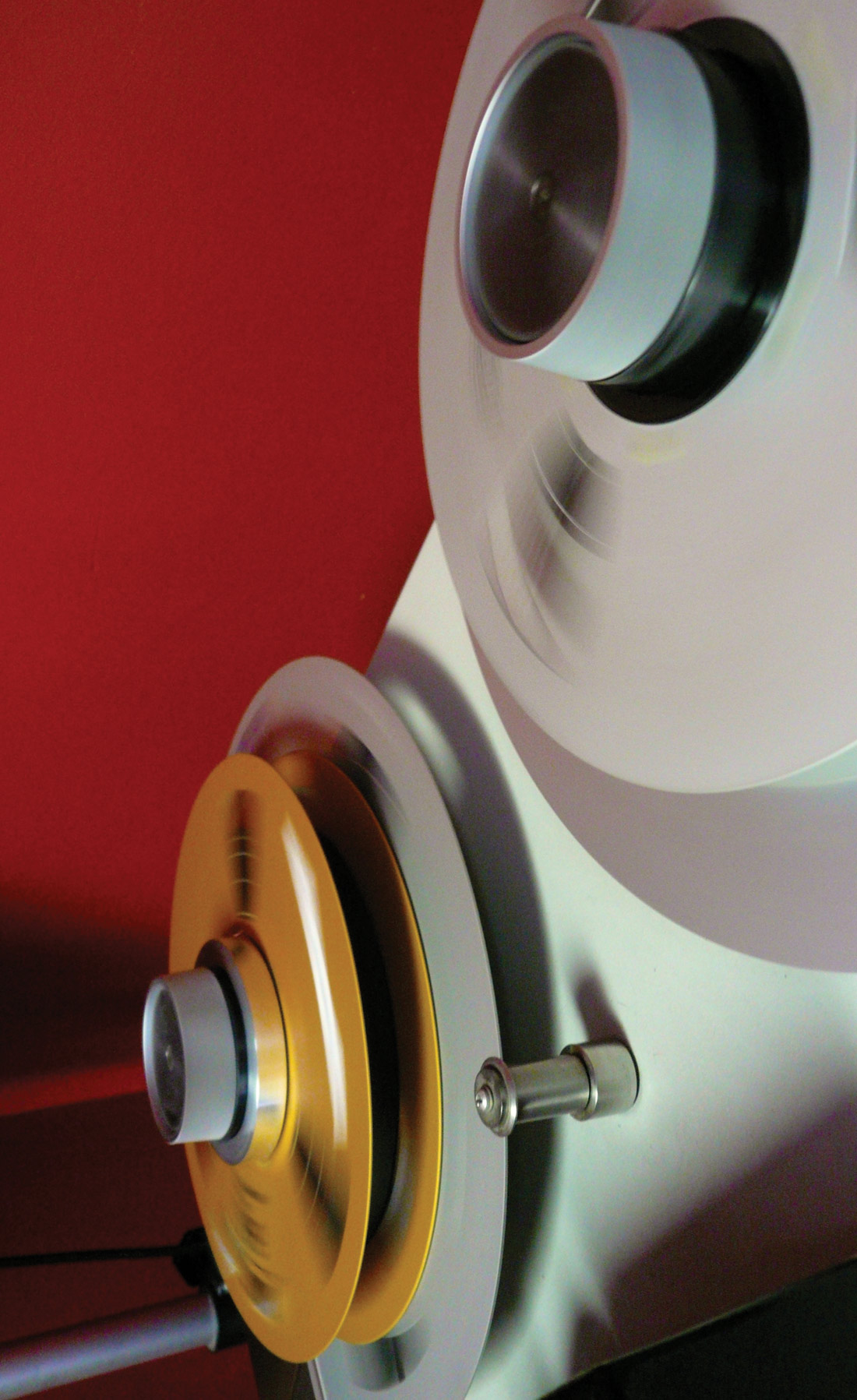I sometimes wonder why all of us find the art of music recording so fascinating. Maybe the answer lies in the thoughts of Dr. Daniel Levitin, interviewed this issue. Daniel previously taught a course on Technology and Musical Aesthetics (with Bob Adams) at Stanford University. They determined that the two biggest advances in music had nothing to do with instruments or composition, but instead were the evolution of notation and the development of audio recording.
In Daniel's words from his book, The World in Six Songs: "The innovation of recording... fundamentally transformed the way people thought about performances. A song could be performed only once, and that exact performance could be played back over and over again... played in places the performer wasn't... Recording introduced the idea of a 'master performance,' a single, canonical, iconic version of a song. Recordings have become their own distinct aesthetic objects." Maybe it's this desire to be involved in the capturing of an iconic, recognized work that drives us all? To be part of creating something that others respond to, adore and enjoy? I think our passion for this multifaceted meeting of art and technology comes from these desires, plus a certain quest for immortality — hoping to leave something in the world long after we're gone that we can be proud of.
Larry Crane, Editor
PS: Please notice the underlying connections in our main three interviews this issue. Both Leslie Ann Jones and Daniel Levitin worked out of San Francisco's Automatt studios when it was still in business. Leslie and Bruce Botnick have both spent time at the famed Capitol Studios in L.A. — plus they both bring up a love of physical reverb chambers like the ones Capitol has. It's always interesting to me how many relationships we build in this field. Even though it may seem there are so many people creating and recording music in the world, maybe it is really just one big, happy family.
This issue is dedicated to the memory of Penny Crane-Cash.

